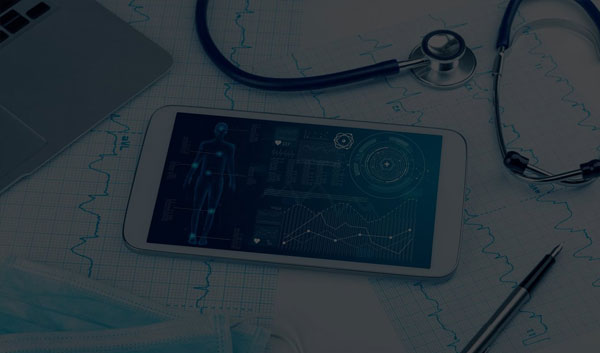When you think about the role individual needs play in the ever-growing global mental healthcare epidemic in the U.S., technology is not the answer people immediately consider. The thing is, this is a rapidly-changing environment, where services such as tele-mental health, a telehealth care solution for mental health consultation, are becoming widely accepted. Health insurance is even starting to cover it.
There are several factors on why technology is a growing solution to support traditional mental health treatments:
- Accessibility – Mental Healthcare needs to start meeting people where they are and when they need it. With technology solutions, patients can log in and have access to mental healthcare providers or support 24/7 from wherever they are.
- Overcoming Fear – Being able to access support in the privacy of your own home/environment allows people to start their mental wellness journey and overcome their fear of the social stigma attached to seeking out treatment in a traditional, in-person solution.
- Triage – Being able to get people help immediately, as a first step, helps alleviate the growing shortage of mental health professionals. People in need are able to get access immediately while they wait for availability of a traditional means of therapy/treatment.
Advanced technological solutions that go beyond Telehealth to create a connection between humanity, technology, and treatment are in growing demand. Mobile apps are already in market, with thousands of options in the iTunes and Android stores. They’re particularly helpful for young adults due to their consistent use, and trust, of technology as a lifestyle tool. Even VR apps, although in the early stages of development and testing, could be a space for patients to take part in a virtual psychotherapy session on their own time.
Although technology should never be the sole solution, and should be used in conjunction with traditional means of treatment, it is helping bridge the gap between the people in need and treatment options available in the strained resource environment we are experiencing today.
The next step is creating an empathetic, human-first message to generate awareness about what technology solutions are available. Such a sensitive subject has to be treated in a way that inspires trust, and generates real action. In other words, it can’t always feel like advertising. That means that staying true to your mission, committing to providing care and putting patients first is of paramount importance when crafting a message.
When you combine breakthrough technology with powerful messaging across multiple channels, both digital and traditional, we can not only build the technology together, but also raise awareness of the tools available and lay the foundation for a culture that supports the growing mental health need.



